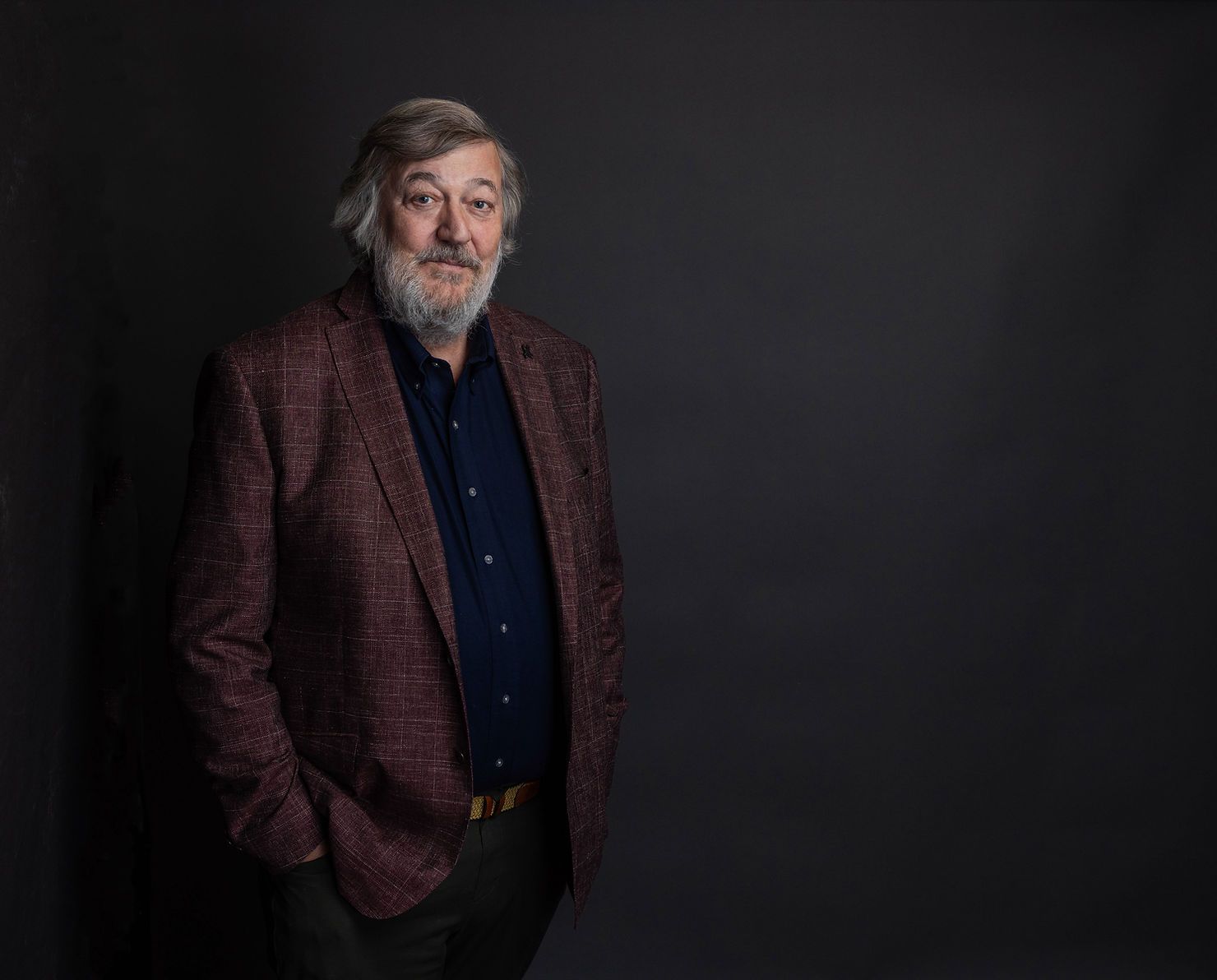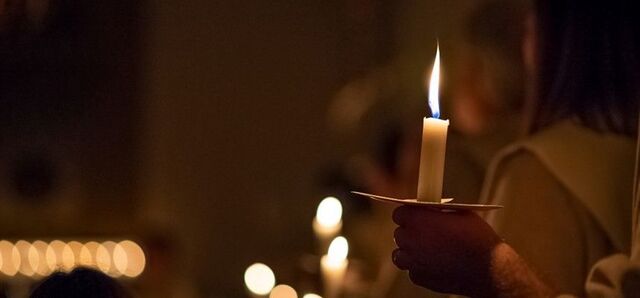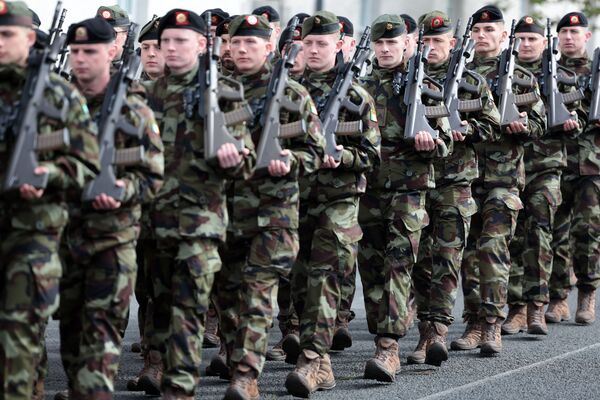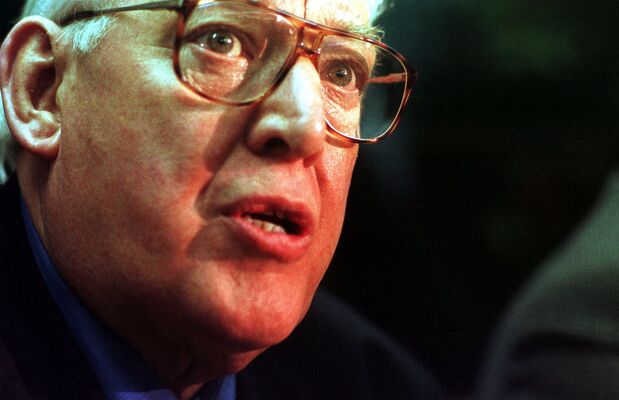MY abiding image of Stephen Fry on TV is when he played Jeeves to Hugh Laurie’s Bertie Wooster – smooth, unruffled, vastly more intelligent than the pop-eyed Bertie.
Willem and Frieda – Defying the Nazis (Channel 4) is about as far away as you can get from the PG Wodehouse world. Presenter Fry sets the scene: "May 1940, Germany invades the Netherlands. Five days later the Dutch surrender. United by their hatred of the Nazis, a struggling artist and an accomplished cellist take on the might of the German Army."
The struggling artist is gay painter Willem Arondeus and the lesbian cellist is Frieda Belinfante. The way Fry tells it, their existence and heroic deeds are scarcely known in the Netherlands, never mind throughout the world. Yet by producing fake documents they saved thousands of Jewish lives.
These days Fry is no longer the smooth-shaven Jeeves.His hair is longer and he has a semi-beard – but he’s still the same large, enormously gentle figure.
Fry’s investigation into the identity and heroic deeds of the painter and the cellist takes him to Amsterdam’s Rijksmuseum. Willem and Frieda, he’s informed, persuaded acquaintances to report their ID documents as lost, then when they were replaced, to pass the original documents to them. Fake IDs were mass-produced and given to those who needed to obscure their identity as homosexual or Jewish.
In the Amsterdam museum, Fry holds a real yellow star armlet that identified people as Jews. “Wow. Marvellous. Hideous thing. Good golly”.
Fry repeatedly empathises with the story of Willem and Frieda: “I’m in awe of these two people. They were prepared to put their lives in danger for people they didn’t even know.”
Willem is captured, Frieda escapes. Willem and others are questioned. He is fearless, we’re told – insisting on taking all the blame. The trial lasted one day. Then Willem and twelve others were marched one mile to a field and shot dead. “Gosh!” Stephen says. “What a man!”
Frieda had escaped by dressing as a man – she passed her own mother in the street several times and wasn’t recognised. Further emotional detail is delivered in a black and white interview with Frieda, now old and living in the US. She had escaped first to Switzerland, then to the US, where she led her own orchestra. She died an old woman in 1995, telling her friends to be hopeful rather than sad, and to be grateful for her life “of which you all have been a part”.
The documentary, which emphasises the extent to which gays as well as Jews were targets for the Nazis, is revealing. But it is the presence of Fry, like a breathless overgrown schoolboy, which brings the people and events to life. He is Everyman, full of astonishment and sadness at this often-told tragic tale.








